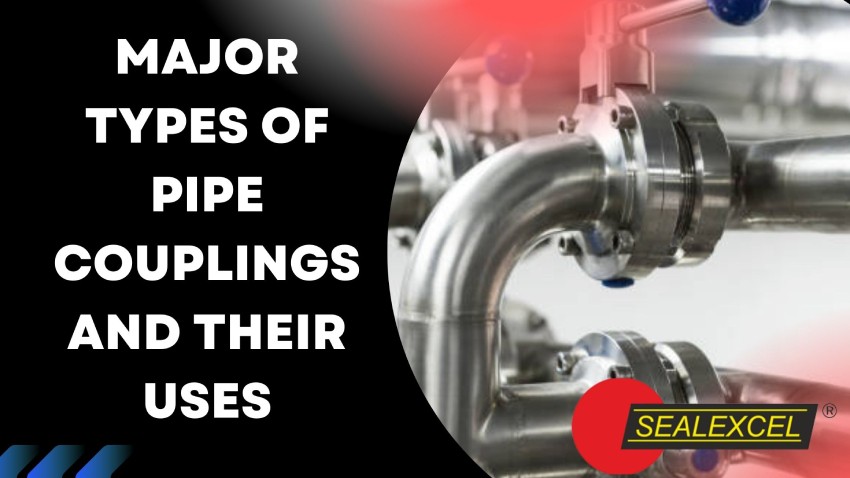
What Are Compression Tube Fittings And Important Feature Of Them
May 2, 2022Most primary industries, such as aerospace, defence, power generation, chemical processing, oil & gas, petrochemical, alternative fuels, shipbuilding, and medical equipment, rely on process measurement and control instrument valves and fittings.
Instrumentation fittings are essential parts of any pneumatic or hydraulic fluid system. Fittings, also known as connectors or adapters, are standardized connections that join pipes, tubes, hoses, valves, manifolds, and other components – and most systems have a lot of them.
In order to achieve dependable operation, each instrument pipe fitting must be able to manage the system media and pressure without leaking. Although most fluid system specialists only need to be familiar with one or two types of fittings for their jobs, some industries necessitate a broader knowledge base.
Instrumentation pipe fitting components are crucial to the plant or product grouping’s functioning. The instrumentation system’s veins and arteries are fittings, valves, and tubing.
Instrumentation Tube fittings are available in four different types and are distinguished by their end connections and applications, each with its own set of benefits and drawbacks.
Cone and Thread Fittings
Cone and Thread (C&T) fittings are occasionally utilized in extremely high-pressure applications (up to 150,000 PSI), but they are most commonly employed for up to 15,000 PSI pressures. The tube is chamfered (“coned”) and countersunk into the fitting, resulting in a secure connection. To ensure a tight seal, the tube ends must be precision-shaped with a fine surface finish and threaded so that the tubing is assembled tightly against the junction. C&T fittings, like compression fittings, can be disassembled and reassembled for maintenance.
Butt Weld Fittings
Though C&T fittings still provide a strong connection when put correctly, certain studies have discovered that at least one vibration failure occurs for every three corrosion failures in the field. A butt weld fitting is a vibration-absorbing assembly. Because the metals are permanently bonded together, a well-formed butt weld has the best resistance to vibration and fatigue. A butt weld fitting connection, on the other hand, has several disadvantages, including the fact that it is the most expensive of the three basic types of instrumentation fitting assemblies due to the cost of welding equipment, a specialist welder, and additional work time.
Compression Fittings
Compression fittings are the most frequent and easiest to use; the nut, body, and ferrule are the three parts of a compression fitting (single or double). The ferrule coins (compresses) the tube and ensures a secure hold on its surface while compression fittings outperform C&T fittings in terms of vibration resistance, but not over butt weld fittings. This kind of fitting does not necessitate any specific tools or equipment. Simply insert the tube into the end connection and tighten it to the desired torque with a box wrench (or torque wrench for precision applications). Compression fittings are continually the least pricey overall assembly due to their ease of installation.
Push-To-Connect Pneumatic Fittings
Push-to-connect fittings use an internal collet and an external push button to connect tubing. These composite fittings can be poly or nickel-plated brass, resin, and polyoxymethylene plastic components. Push-to-connect air connectors for polyurethane or nylon tubing ensure leak-free and secure couplings for all pneumatic applications. Push-to-connect pneumatic fittings allow for instant connections without the use of tools by simply inserting the tube into the fitting, and disconnection is just as simple.
You’ll be better equipped to make the proper option for your system applications now that you’ve discovered some of the key differentiators among the variety of instrument valves and fittings available today.
Seal Excel offers some of the finest and most intricately crafted instrument pipe fittings that are cleverly designed with various industrial applications in mind to fit perfectly into your system and serve its purpose.
Seal Excel works hard to ensure that our fittings are made with precision and care, and the materials used to make our instrument valves and fittings of the highest quality carry a large selection of instrument fittings.



